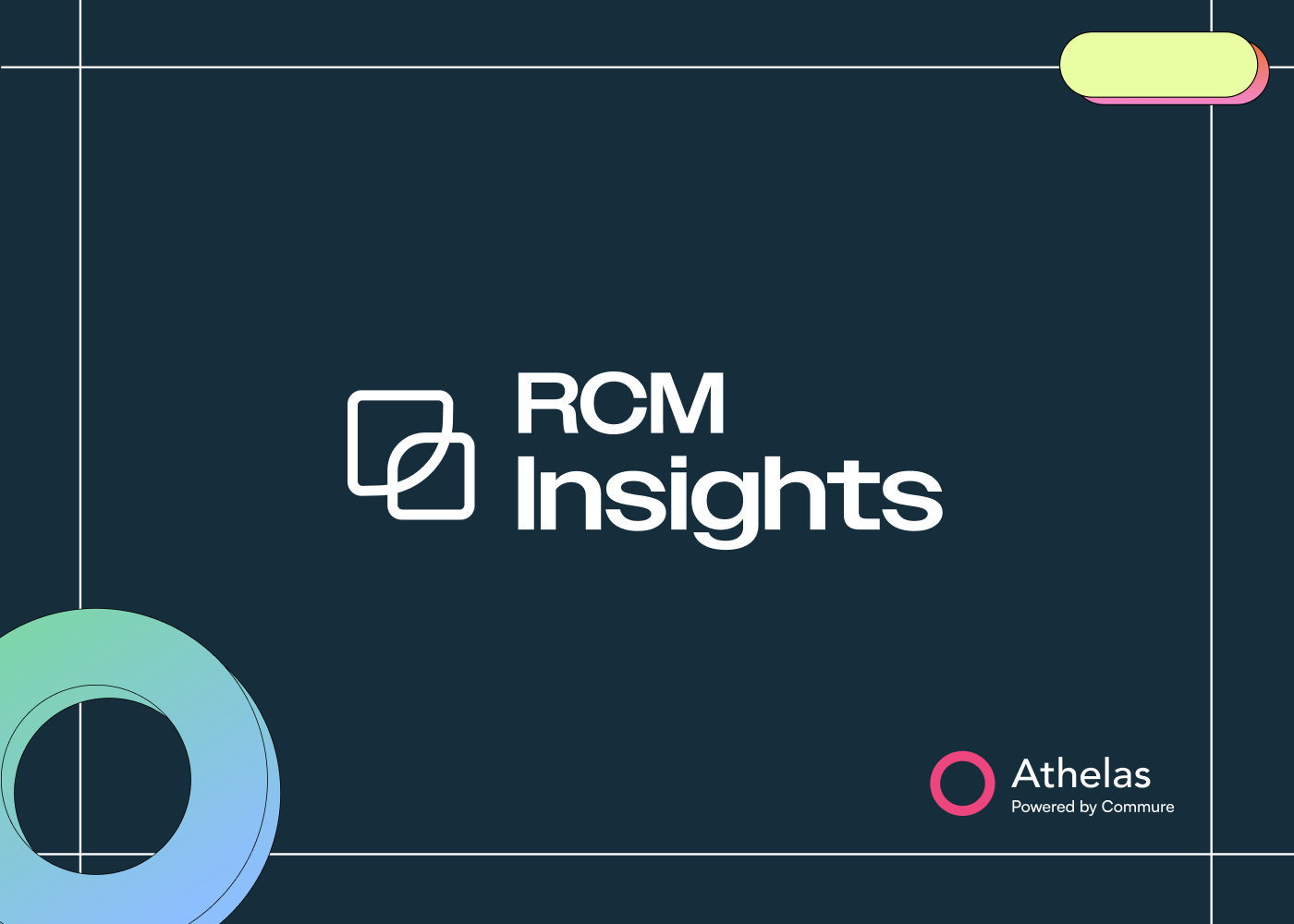In anesthesiology, CPT 01967 is crucial for billing neuraxial labor analgesia/anesthesia services during planned vaginal delivery, encompassing epidural or spinal placements, drug injections, and any necessary catheter replacements throughout labor. This code supports effective pain management in obstetrics, reducing maternal stress and improving outcomes for millions of deliveries annually. However, billing challenges arise from time-based calculations, add-on code usage, and payer scrutiny, often leading to denials if documentation is inadequate. Understanding differences from general anesthesia codes, robust medical necessity documentation, and effective appeal strategies can help anesthesiology practices ensure compliance and optimize reimbursement as of 2025.
Differences from General Anesthesia Codes
CPT 01967 specifically addresses regional neuraxial techniques for labor analgesia, such as epidural or combined spinal-epidural, focusing on pain relief during active labor for planned vaginal births. In contrast, general anesthesia codes for obstetrics, like 01960 (anesthesia for vaginal delivery only) or 01961 (anesthesia for cesarean delivery only), involve systemic sedation or intubation, typically reserved for emergencies where neuraxial methods are contraindicated, such as severe coagulopathy or patient refusal.
Key differences include billing structure: 01967 is time-based with a base value (usually 3 units) plus time units for "time in attendance," starting from placement and ending at delivery or transfer to another provider, allowing add-ons like 01968 (anesthesia for cesarean delivery following labor analgesia) or 01969 (cesarean hysterectomy after labor analgesia). General codes like 01960 are flat-fee or base-plus-time but exclude the incremental monitoring inherent to labor epidurals, and they carry higher risks like airway management, making neuraxial preferred per ASA guidelines. Additionally, 01967 cannot be billed with general codes for the same procedure without modifiers, and payers like CMS cap reimbursement (e.g., at 75 minutes in some states) to prevent overbilling. Misusing general codes for neuraxial services can trigger audits, as they don't account for repeat interventions common in prolonged labor.
Medical Necessity Documentation
Medical necessity for CPT 01967 requires demonstrating that neuraxial analgesia was essential for managing labor pain in a planned vaginal delivery, supported by evidence-based guidelines from organizations like the ASA, which recommend it for reducing complications like operative deliveries. Payers, including Medicare and UnitedHealthcare, mandate linkage to diagnoses like O80 (encounter for full-term uncomplicated delivery) or O36.0 (maternal care for other fetal problems), with detailed records justifying why alternatives (e.g., opioids) were insufficient.
A comprehensive documentation checklist includes:
- Patient History and Indication: Note labor stage, pain assessment (e.g., VAS score >5), and contraindications to non-neuraxial methods; include ICD-10 codes like O62.0 (inadequate contractions).
- Procedure Details: Describe technique (e.g., epidural catheter placement at L3-4), drugs administered (e.g., bupivacaine), and any repeats or replacements.
- Time in Attendance: Record start (placement) to end (delivery or relief), with total minutes; for claims >19 units, attach full anesthesia record showing continuous monitoring.
- Provider Involvement: Document anesthesiologist's direct care, including evaluations during labor; note if multiple providers were involved (billable by one per payer rules).
- Outcomes and Follow-Up: Record maternal/fetal response, complications (e.g., hypotension), and postpartum care plan.
Incomplete documentation, such as missing time logs or rationale, often results in denials; using EHR templates aligned with ASA RVG standards can streamline compliance.
Appeal Templates
Denials for CPT 01967 commonly occur due to perceived lack of medical necessity, time discrepancies, or improper add-on usage, with rates up to 15% in anesthesiology claims. Effective appeals involve submitting redeterminations within payer timelines (e.g., 180 days for Medicare), including anesthesia records and a structured letter. Adapt templates from resources like ACEP or ASA, tailoring to specifics like bundling errors.
Sample appeal template structure:
- Header: Include provider details, patient ID, claim number, denial date, and reference ASA guidelines.
- Introduction: State the appeal purpose (e.g., "Reconsider denial of CPT 01967 for lack of documentation") and summarize services.
- Body: Detail medical necessity with excerpts from records (e.g., "Time in attendance: 450 minutes due to prolonged labor"); address denial reason (e.g., "Attached anesthesia log confirms continuous monitoring").
- Supporting Evidence: Reference enclosed documents like procedure notes, time sheets, and peer-reviewed studies on neuraxial benefits.
- Conclusion: Request reversal and full payment; provide contact for questions.
For multiple-provider denials, emphasize policy compliance (e.g., one biller per episode). Track appeals digitally and escalate to independent review if needed; proactive pre-authorization can prevent issues.
By understanding CPT 01967 billing, anesthesiologists can enhance practice efficiency, reduce denials, and prioritize patient care in obstetrics.
How do you bill medicaid? Improve retention without hiring?
Get ahead of 2025 CMS changes?
Schedule a demo with Athelas today to find out.



